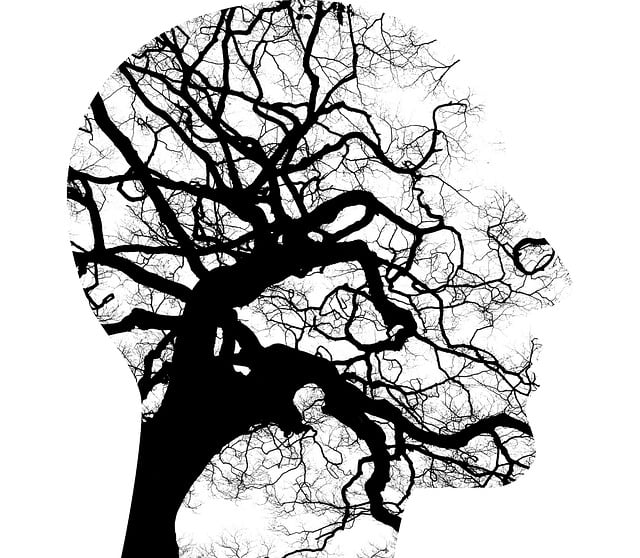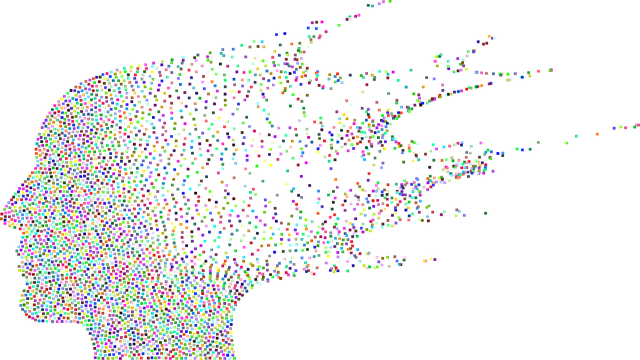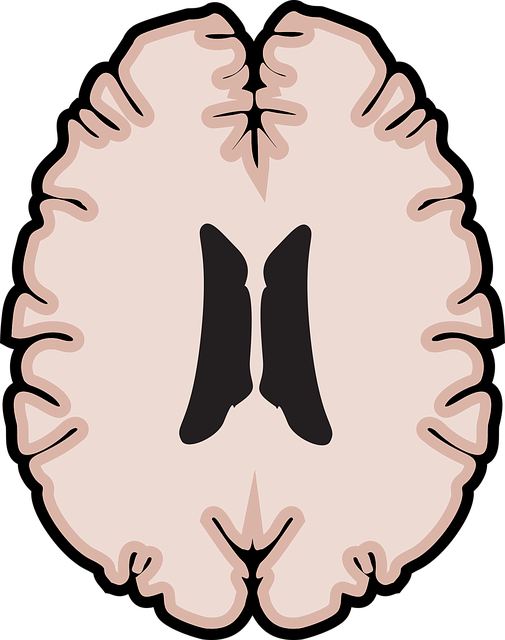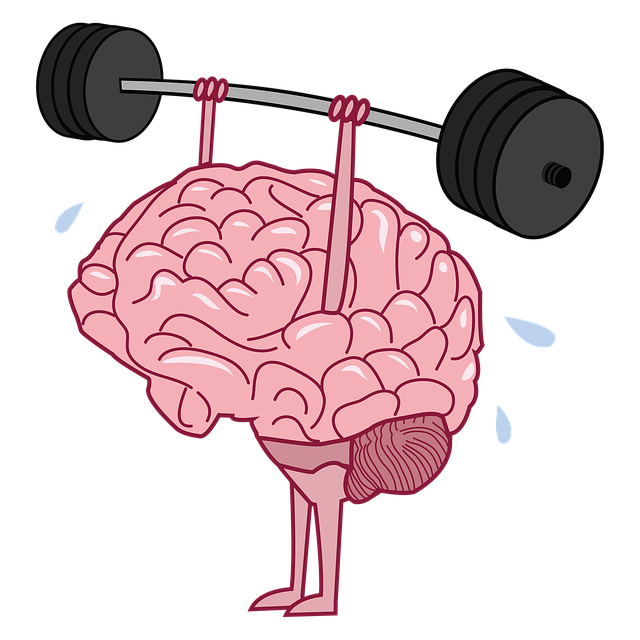Greenwood Village Chronic Pain Therapy leverages advanced data analysis, combining quantitative surveys with qualitative insights from patient journaling, to personalize treatment plans and enhance care. Using standardized terms and sophisticated algorithms, they predict outcomes, identify risks, and nurture resilience, resulting in more effective holistic recovery strategies guided by the latest mental health research.
Mental health data analysis is a powerful tool for understanding and improving patient outcomes, especially in chronic pain management. This article explores the intricate process of analyzing and interpreting mental health data within the context of Greenwood Village Chronic Pain Therapy. We delve into the initial steps of data collection and preparation, highlighting best practices. Advanced statistical techniques are then discussed to gain deeper insights from complex datasets. Finally, we present strategies for practitioners at Greenwood Village to interpret results effectively, ensuring informed decision-making for improved patient care.
- Understanding Mental Health Data: Collection and Preparation
- Advanced Techniques for Data Analysis in Chronic Pain Therapy
- Interpreting Results: Strategies for Informed Decision-Making at Greenwood Village Chronic Pain Therapy
Understanding Mental Health Data: Collection and Preparation

Understanding Mental Health Data is a pivotal first step in any analysis, especially in areas like Greenwood Village Chronic Pain Therapy. Effective data collection involves gathering diverse information, from patient demographics to symptoms, treatment history, and coping skills development. This process requires careful consideration of both quantitative and qualitative methods to capture the full spectrum of mental health experiences. Standardized questionnaires and clinical assessments are essential tools for obtaining structured data, while open-ended interviews and focus groups provide valuable insights into patients’ personal journeys and self-care routine development.
Proper data preparation is equally crucial. This involves cleaning the collected data to ensure accuracy and consistency, handling missing values appropriately, and transforming data into formats suitable for analysis. Standardizing terms related to mental health conditions, coping mechanisms, and crisis intervention guidance across different sources helps in aggregating and interpreting the data meaningfully. By focusing on these initial steps, healthcare professionals can lay a solid foundation for subsequent data analysis, enabling them to offer more personalized and effective treatments like those tailored by Greenwood Village Chronic Pain Therapy.
Advanced Techniques for Data Analysis in Chronic Pain Therapy

In the realm of Greenwood Village Chronic Pain Therapy, advanced data analysis techniques are transforming patient care. These methods go beyond traditional statistical approaches to uncover intricate patterns and insights within complex mental health datasets. By employing sophisticated algorithms and machine learning models, therapists can now predict treatment outcomes more accurately, personalize interventions, and enhance overall effectiveness.
One such powerful technique is Social Skills Training (SST), which leverages data-driven approaches to improve patients’ social interactions and emotional well-being. Risk Management Planning for Mental Health Professionals also benefits from these advanced techniques, enabling practitioners to anticipate potential risks and implement proactive strategies. Additionally, focusing on Inner Strength Development through data analysis helps therapists identify and nurture patients’ inherent resilience, fostering a more holistic and sustainable recovery process.
Interpreting Results: Strategies for Informed Decision-Making at Greenwood Village Chronic Pain Therapy

At Greenwood Village Chronic Pain Therapy, interpreting results from mental health data analysis is a strategic process aimed at making informed decisions for patient care. This involves a multi-faceted approach that combines quantitative analysis with qualitative insights derived from Mental Wellness Journaling Exercise Guidance. By integrating data from various sources, therapists can identify patterns and trends in patient progress, enabling them to tailor treatment plans effectively. The use of mental health policy analysis and advocacy ensures that the most up-to-date research informs clinical practice, enhancing the overall quality of care.
Moreover, fostering a culture of positive thinking within the therapeutic environment plays a significant role in interpreting results. Encouraging patients to maintain Mental Wellness Journaling Exercise Guidance not only provides therapists with valuable insights but also empowers individuals to take an active role in their mental health journey. This holistic approach, combining data-driven analysis with supportive and positive strategies, has been shown to significantly improve outcomes at Greenwood Village Chronic Pain Therapy, ultimately enhancing the well-being of our patients.
Mental health data analysis is a powerful tool that enables professionals like those at Greenwood Village Chronic Pain Therapy to make informed decisions. By understanding and interpreting collected data, therapists can tailor treatments to individual needs, enhancing patient outcomes. Advanced techniques, as explored in this article, offer promising avenues for improving chronic pain management, ultimately revolutionizing care at Greenwood Village Chronic Pain Therapy and beyond.














